I’m happy to introduce our March guest, Megan Desmarais. You will want to make sure you read her post as it is filled with wonderful ideas. Be sure to visit her blog, Pianissimo- a very piano blog when you get the chance.
Common Time: Creating Community Within Your Studio
As a piano teacher, one of my goals has always been to create and maintain a sense of community within my studio. Since playing the piano can, at times, be a fairly solitary experience, I also want to show my students that it can be the opposite. Enjoying and making music is also a communal endeavor and friendships are made surrounding music. Here are ways that I get my students interacting with each other:
Lessons
I used to teach only 30 or 45 minute back-to-back lessons. Students would see the one student that came before them, and the one student that came after them, but they would never see the other 30 students that I taught until a recital. Because of logistics of entering and exiting my studio, students wouldn’t even hear each other play.
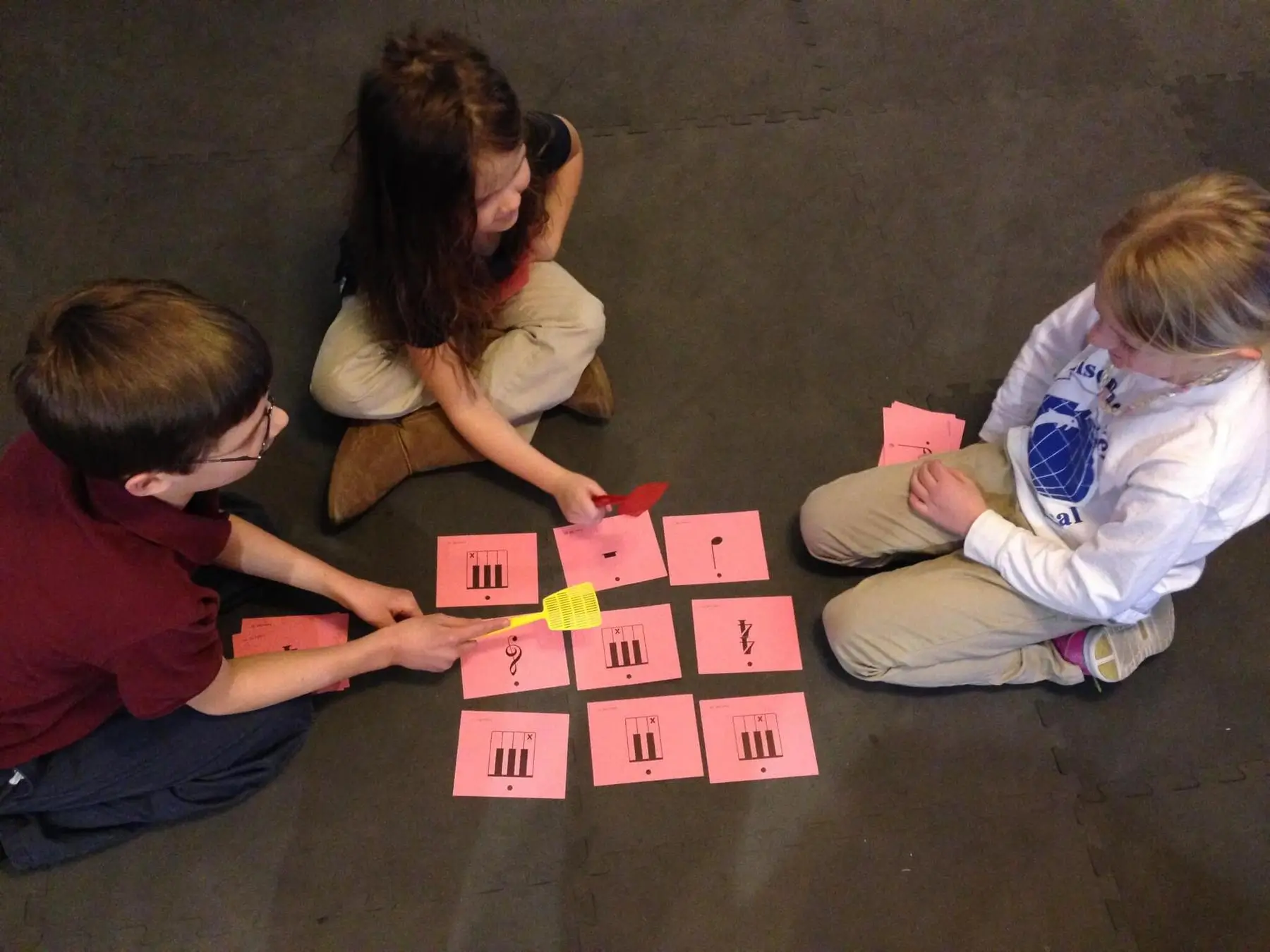
Recitals
Nearly every studio has recitals and they are a great way to get your families together. However, the atmosphere of recitals can affect how students and families interact. A formal recital, even with a reception, doesn’t always foster conversation and interaction. While there is definitely a time and place formal recitals, it is nice to shake things up. I love changing the venue, formality, and feel of my recitals.
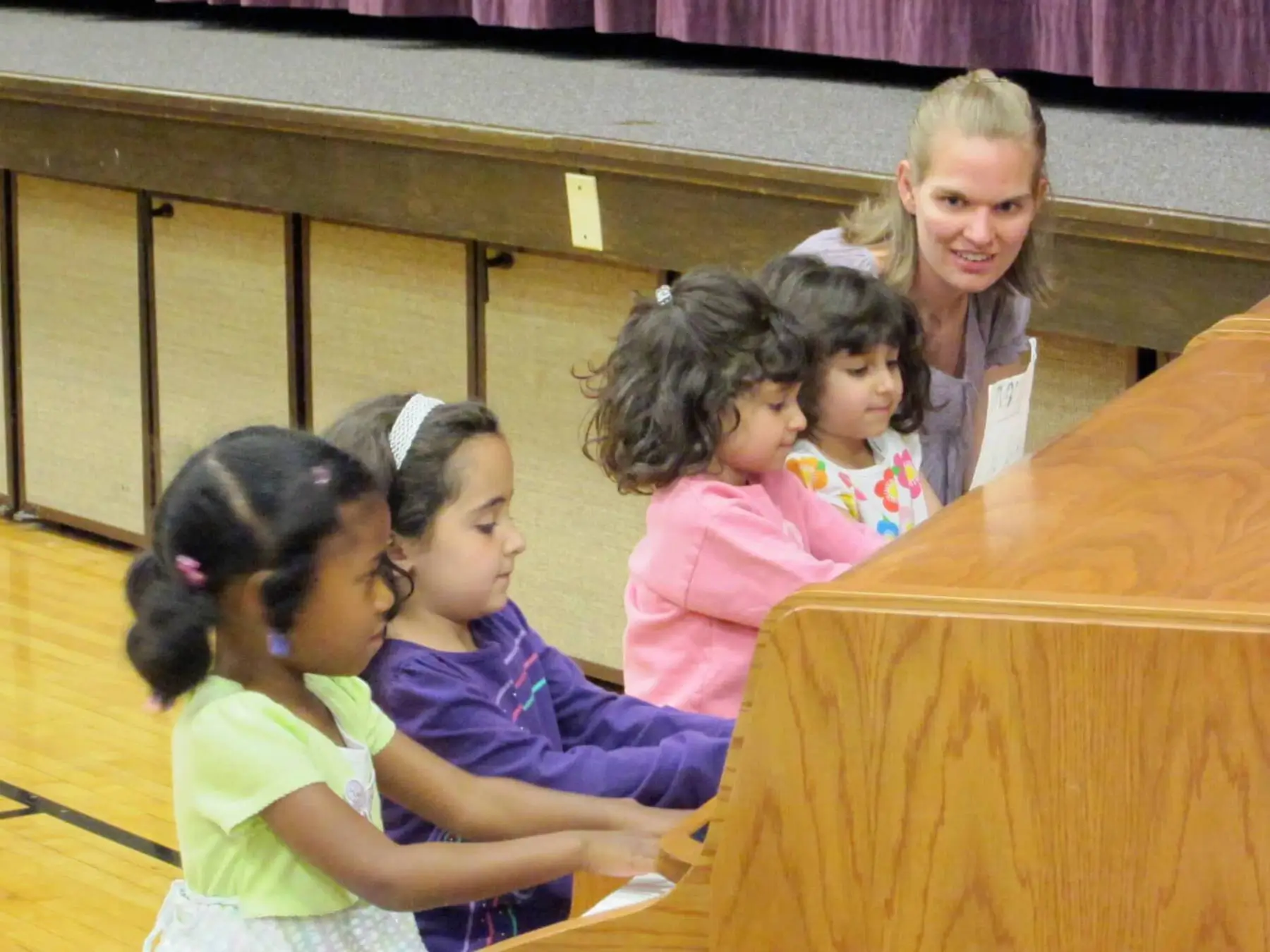
This recital was modeled after a trivia night that I had attended. Students spent about a month leading up to the recital learning piano trivia. Families sat together around tables and students helped their parents answer the questions. In between rounds of trivia, students performed ensemble pieces.
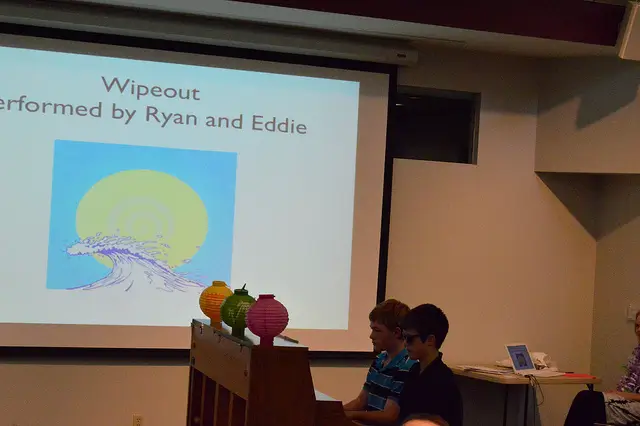
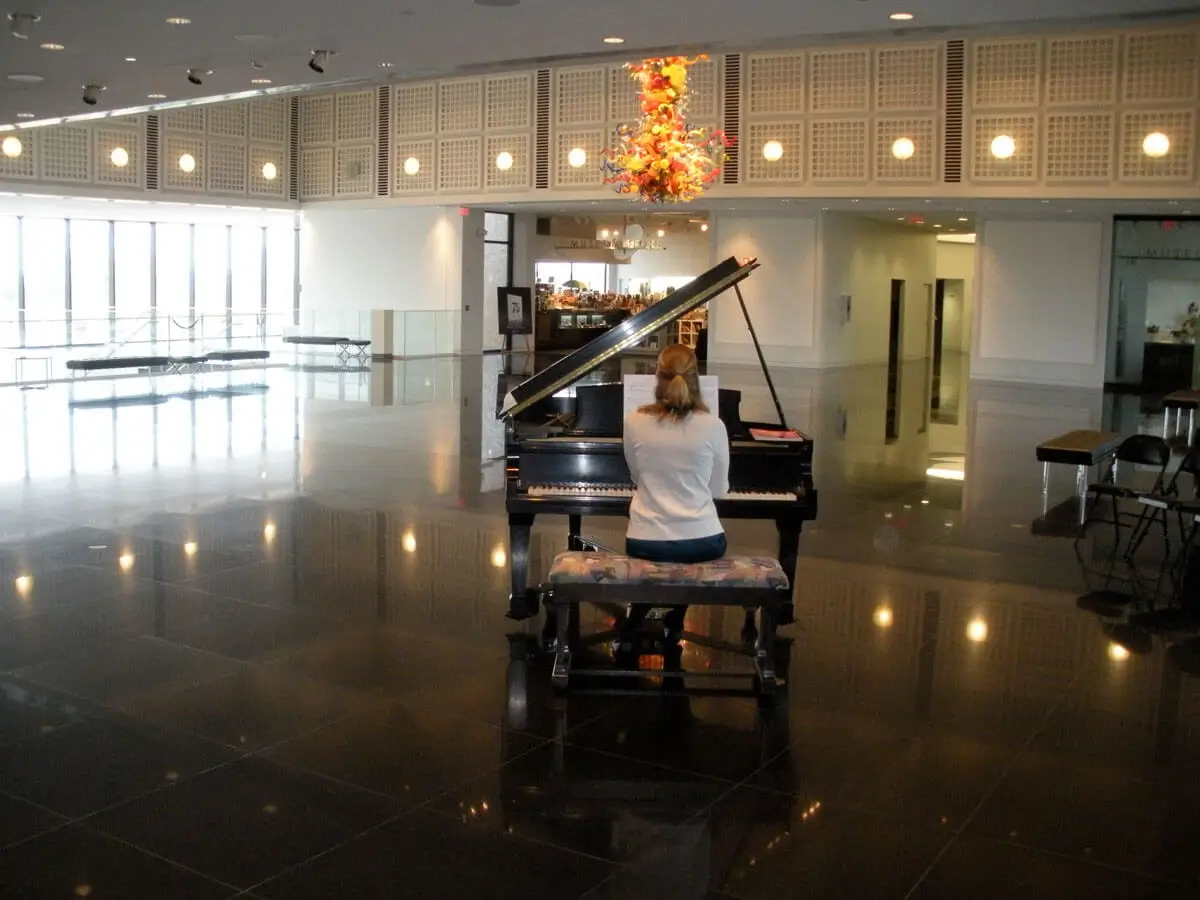
Student-Only Recitals and Activities
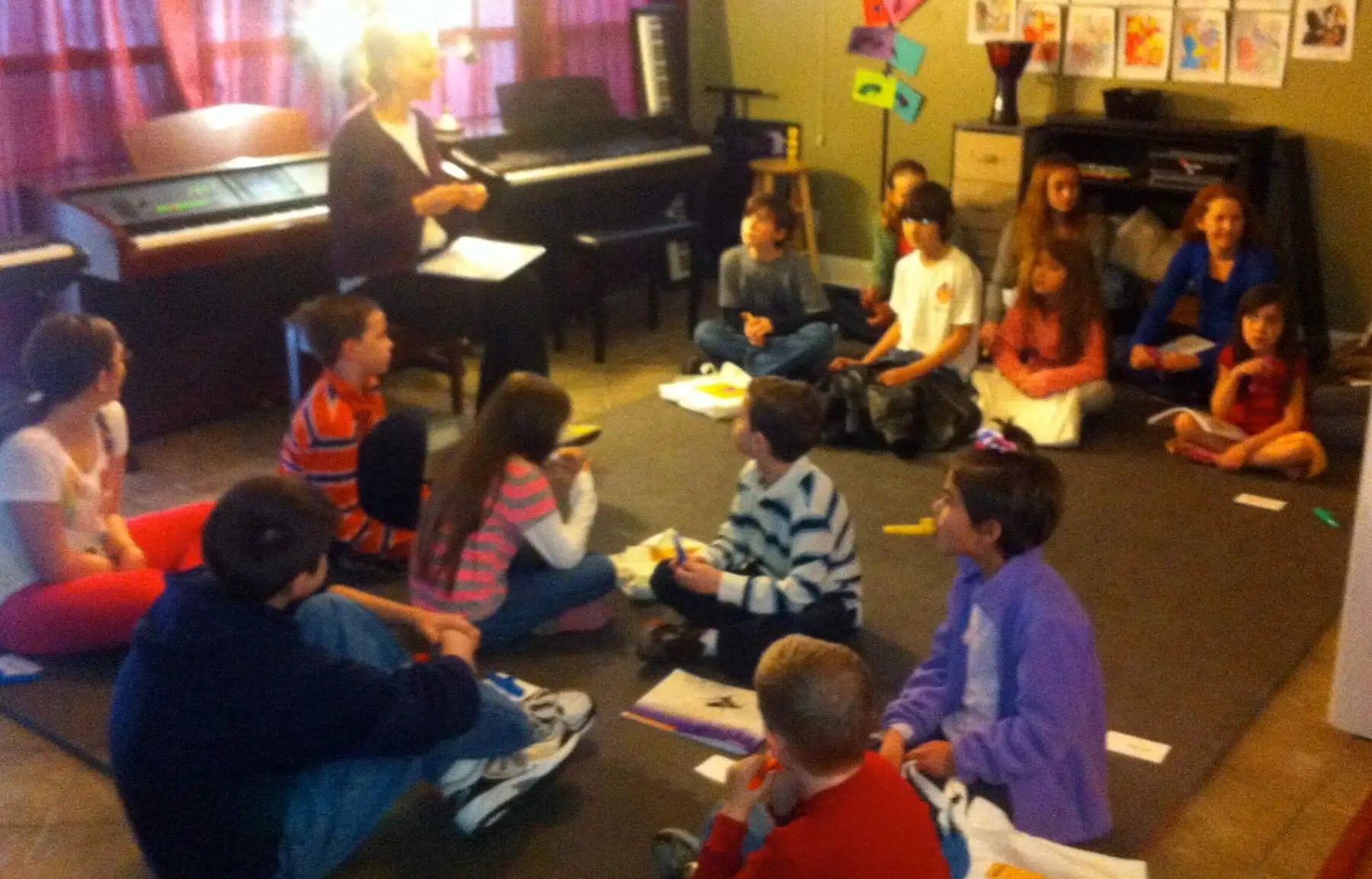
-Name That Tune with kazoos
-Get To Know You Bingo customized with facts about my students
-Rhythm games with egg shakers
-We put together a 5-part ensemble from Lynn Freeman Olson’s “A Folk Gathering.” 9 Kids played the piano parts and about 15 played the percussion parts, all together.
-Students trained for Piano Olympics and came together for some friendly competition and to show off their theory skills.
Summer Camp
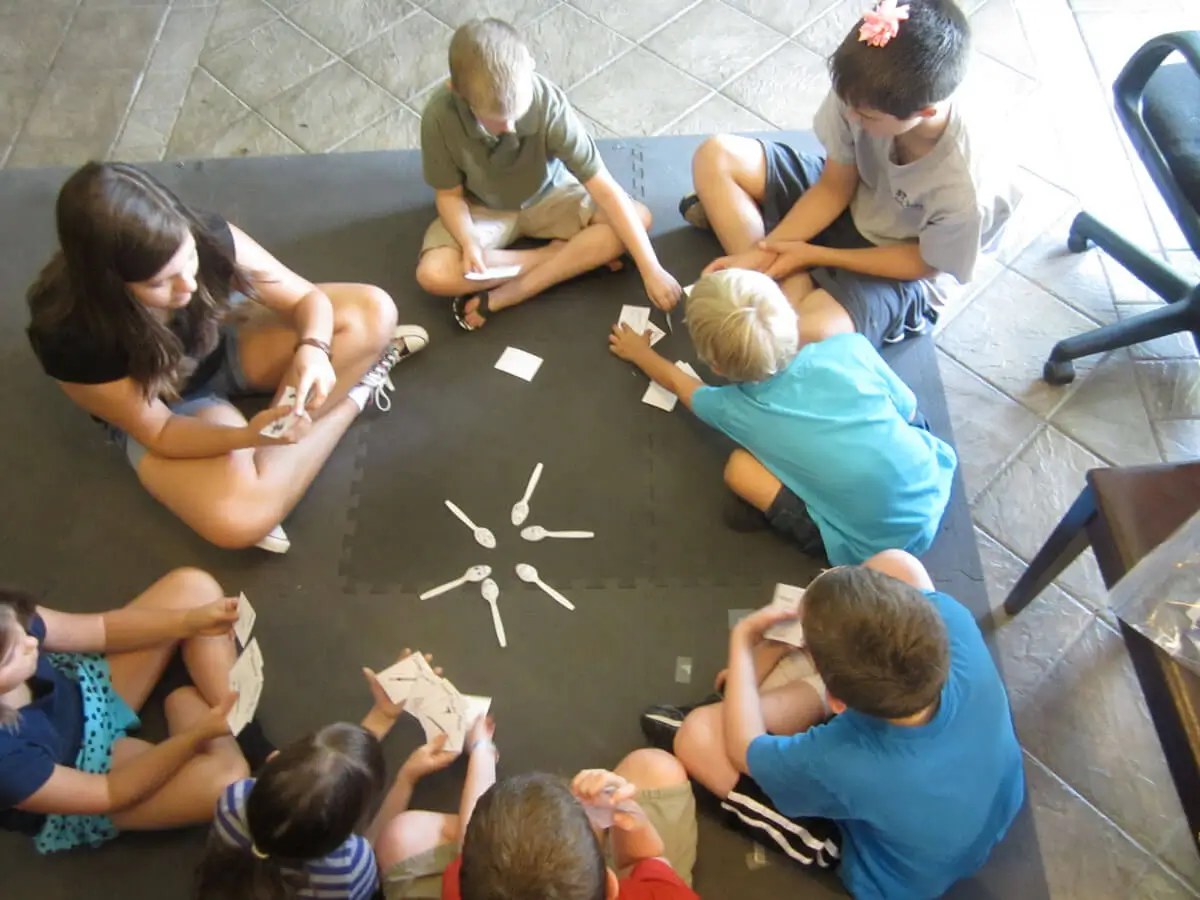
Incentive Program
Even though my students play at different levels, have different personal goals, learn differently and play different music, they are all unified with my incentive program. It helps us to all speak a common language and work towards a common goal.
Each year, I create a themed assignment book that each student uses to track work and progress. The goal is to earn points – every 20 points allows a student to record a song of their choice. When students have earned 10 songs, they get to make their own CD.
Having this unifying framework makes it easy for students to relate to each other. They like to chat about their latest recording. They are good about helping each other follow all the steps to making a recording. They stand around our progress chart displayed on the wall at the end of their lessons and find their name and look for other familiar names. They talk about their plans for designing or naming their CD.
We celebrate the completion of our CDs with a CD release party. This event is purely social. Students see their CDs for the first time, their music is playing in the background, we eat ice cream and play games. We applaud students for their hard work in a relaxed and fun setting.
These are ways that I have been actively building community within my studio, but of course, a sense of community will look different from studio to studio. For other studios, community activities might look like this:
-Regularly scheduled group lessons, theory classes or master classes
-Field trips to professional concerts and performances
-Organized challenges that all students can participate in. For example, a practice challenge where students individually compete to practice so many minutes during the course of a month
Teachers, do you feel like there is a sense of community among your students? What are some things that you are doing to foster camaraderie? Share your experiences in the comments!
Megan Desmarais, NCTM operates Megan’s Piano Lessons, a piano bustling piano studio in Tulsa, Oklahoma that includes kids K-12, adults, Skype lessons to students overseas and Kindermusik classes. Megan also blogs about teaching, learning and loving the piano at verypiano.com.
Megan studied music at the University of Tulsa and received her Master’s in Piano Pedagogy from Wichita State University. She is active with her local Music Teacher’s Association and currently holds the position of historian.
*****
Thank you for being our guest Megan! Don’t forget to follow Megan’s blog! If you are interested in being a future guest on FPSResources, let me know by emailing me: [email protected]
Don’t forget to like FPSResources on Facebook to stay up to date on giveaways, reviews and other music resources!
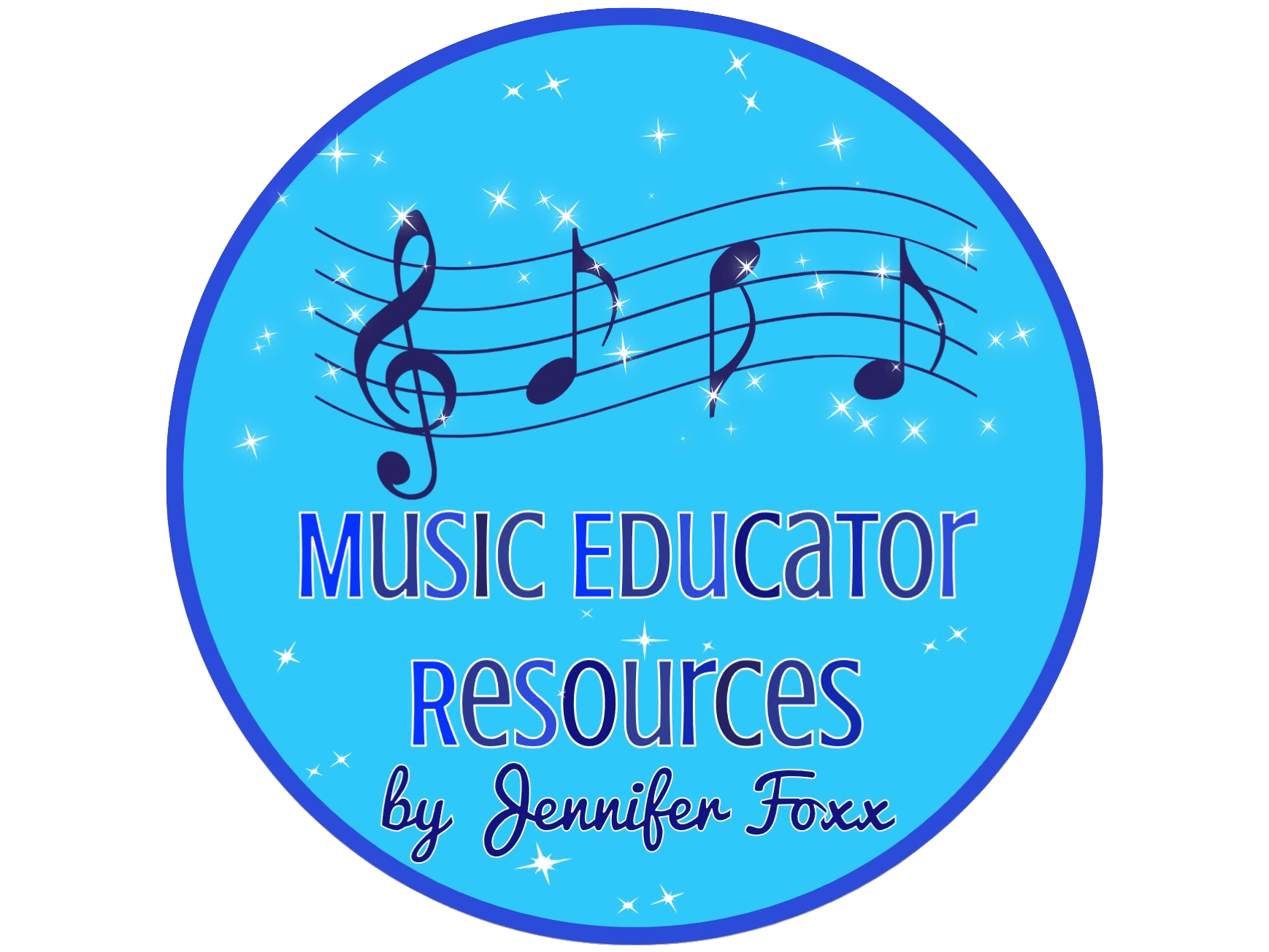
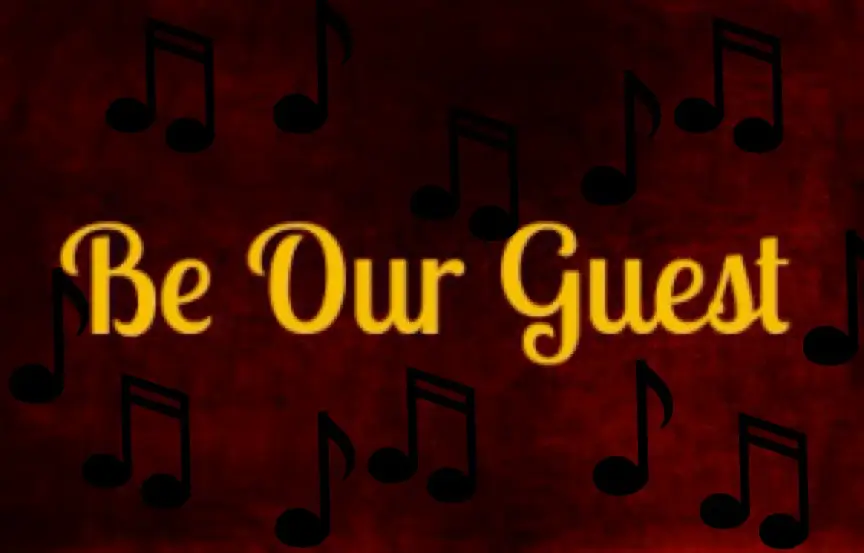
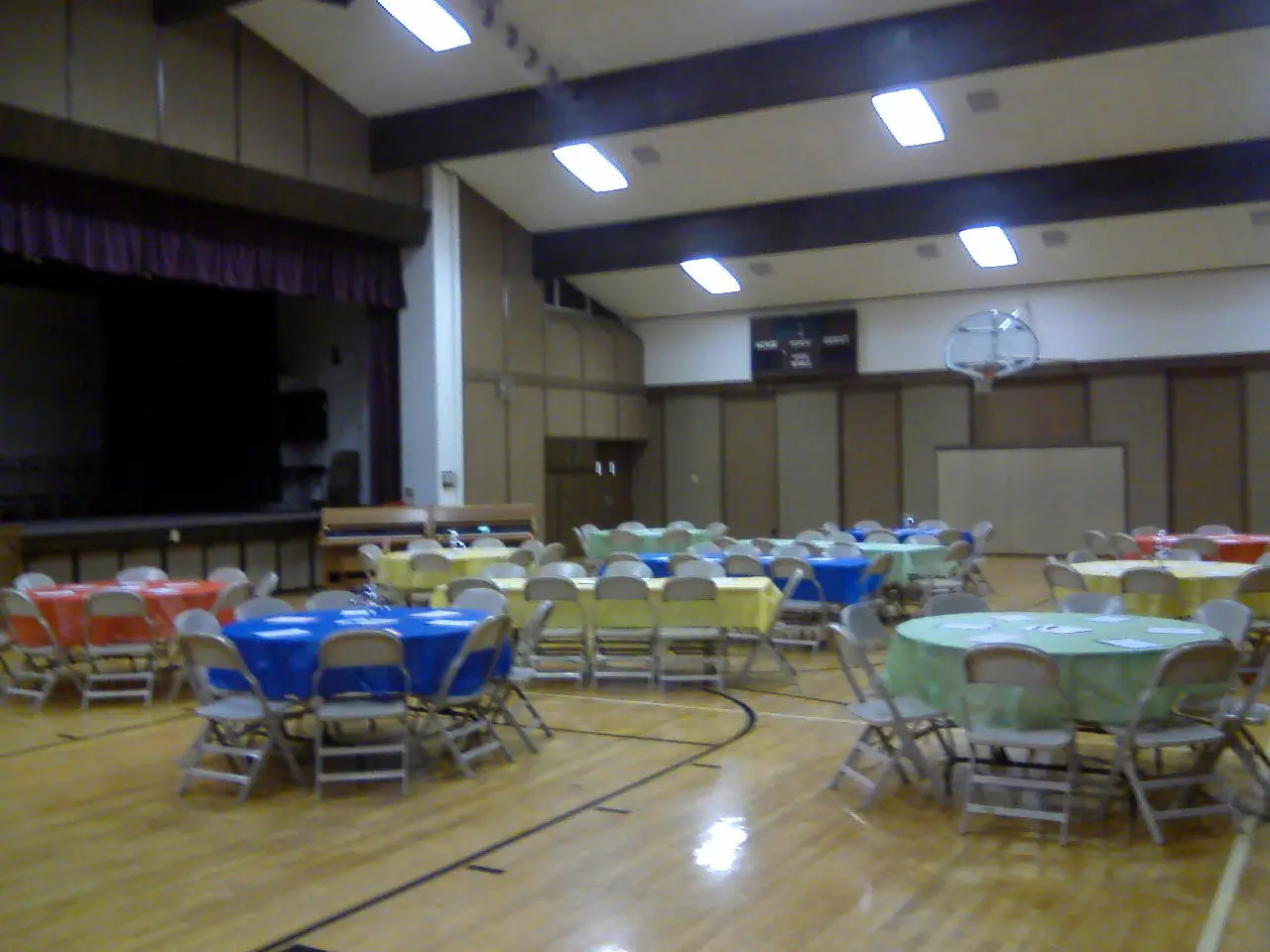
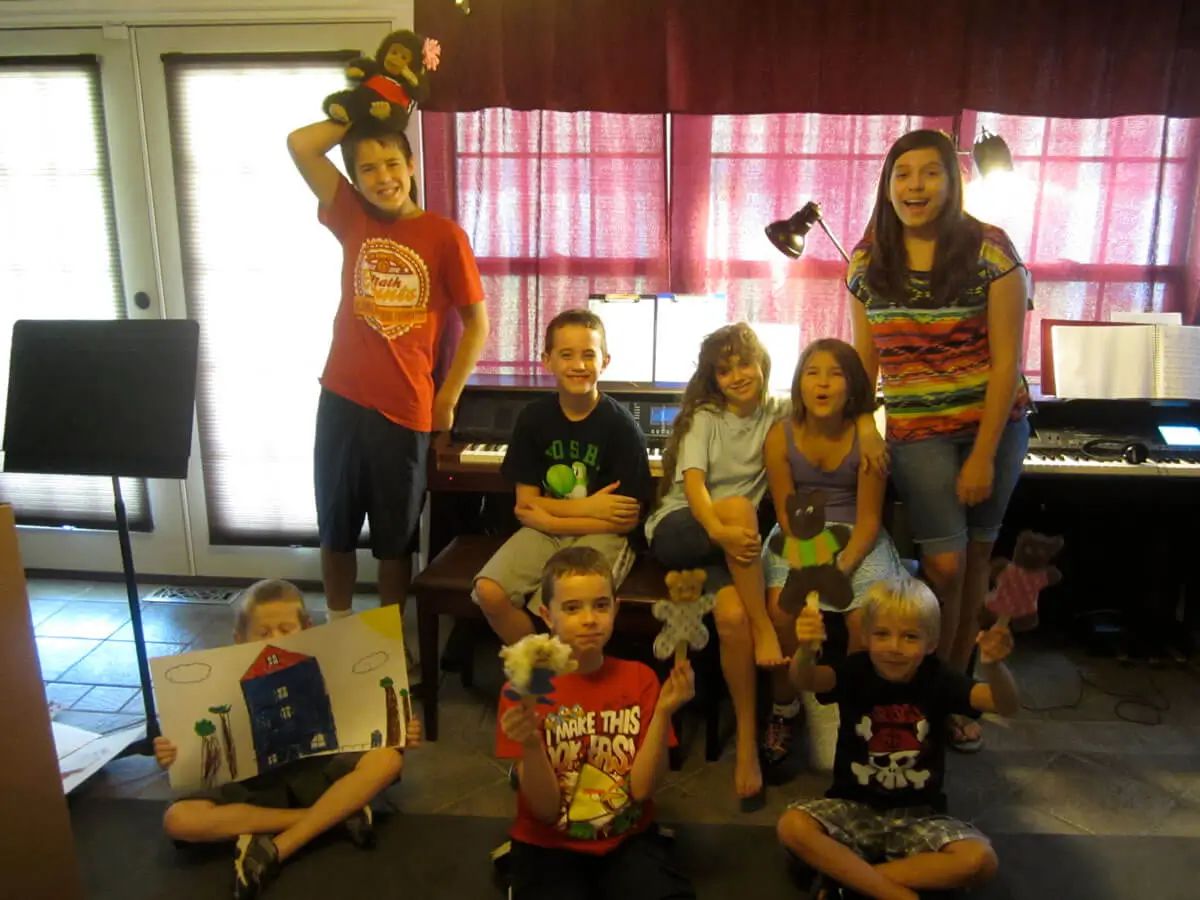
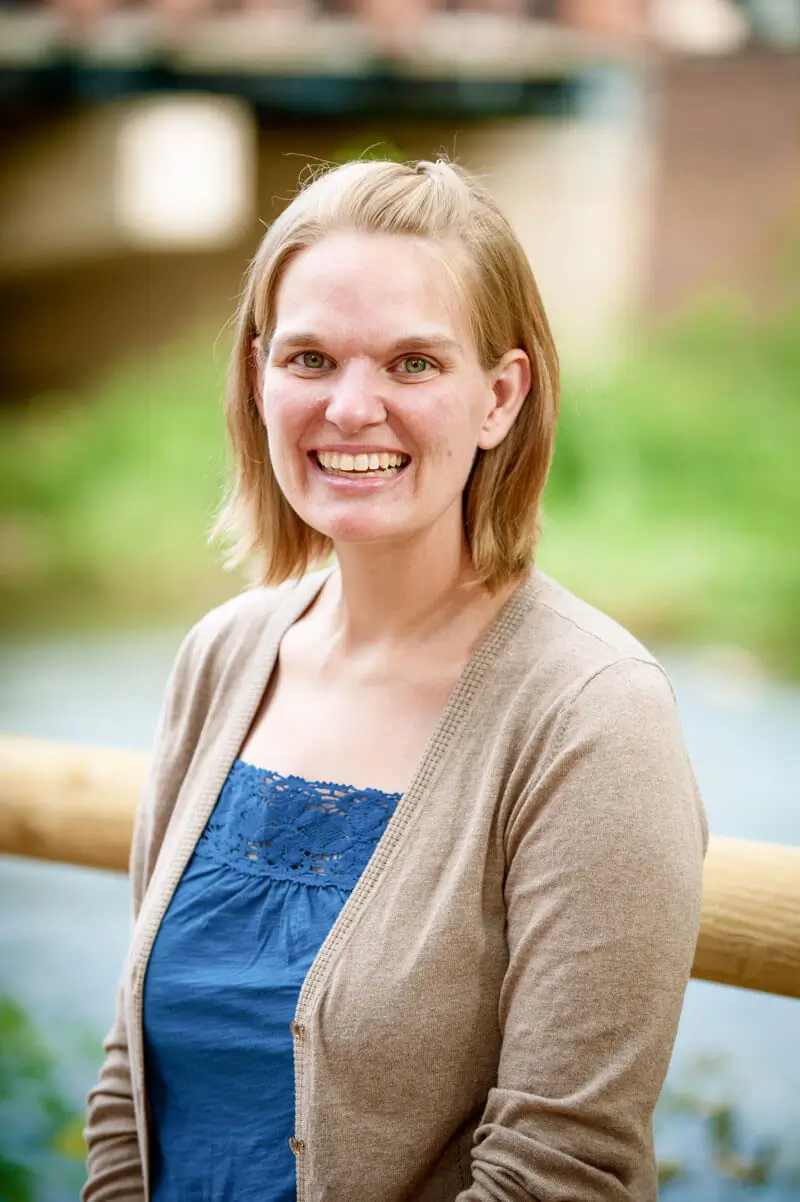
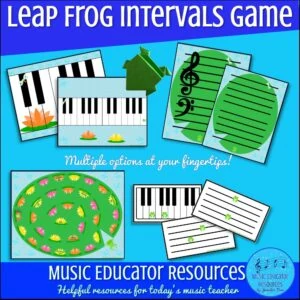
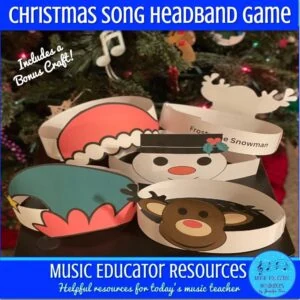
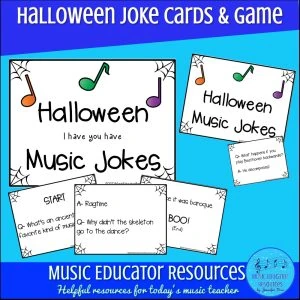
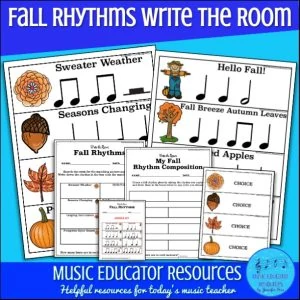
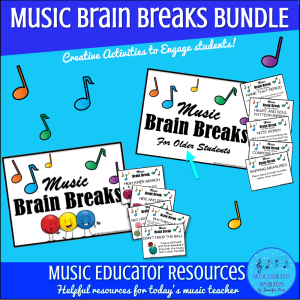
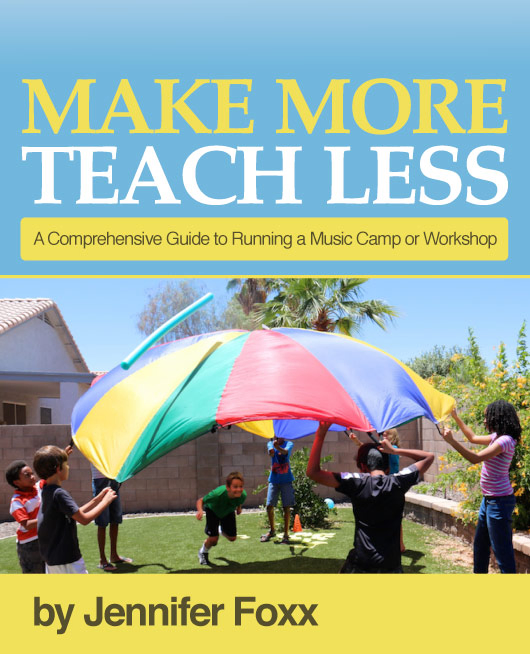
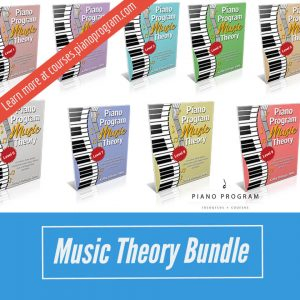
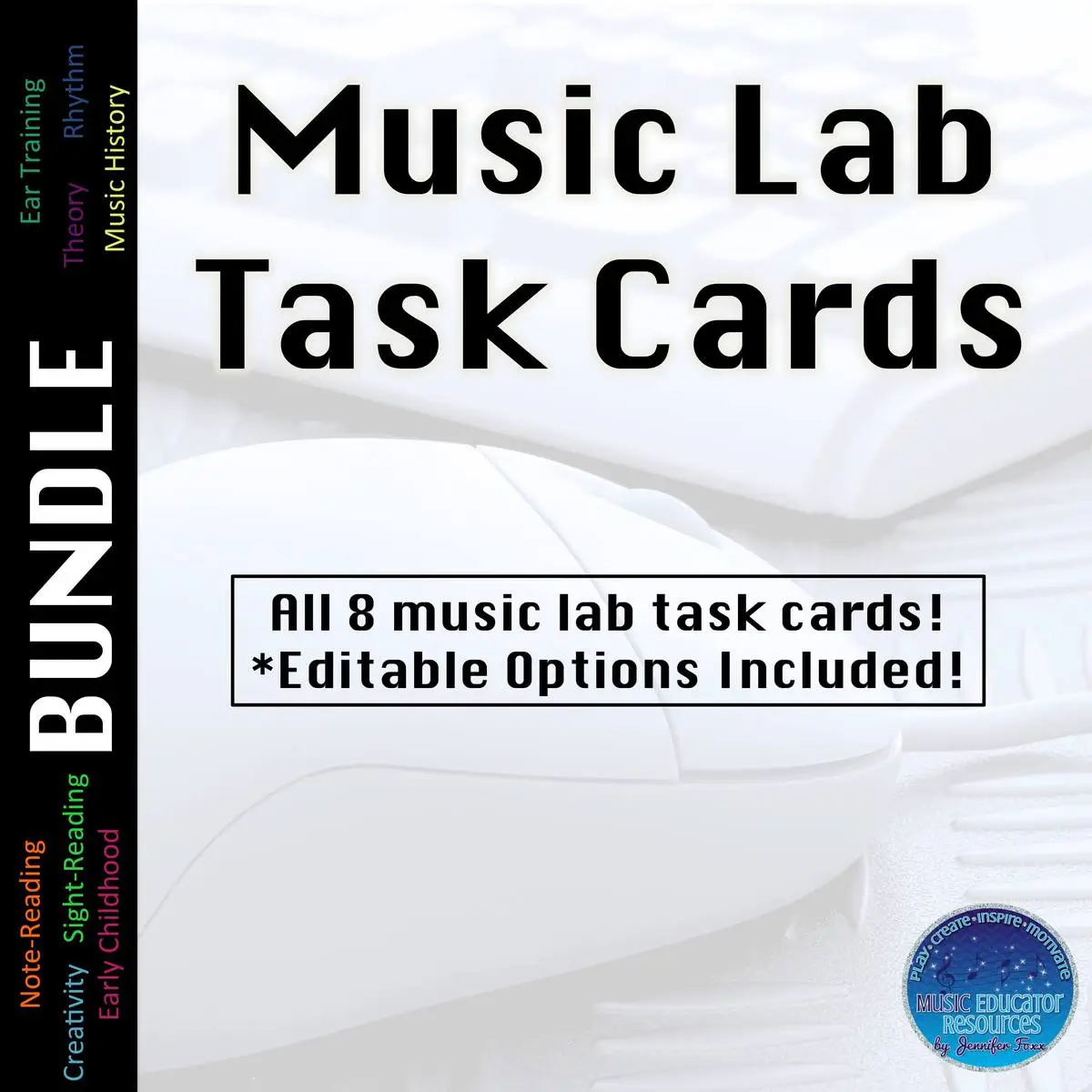
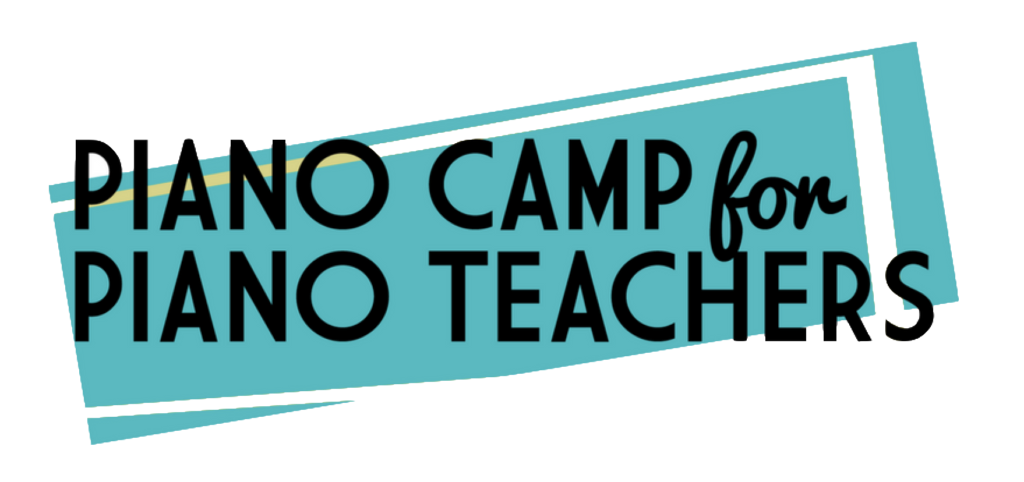
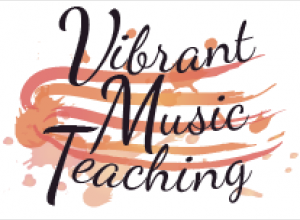
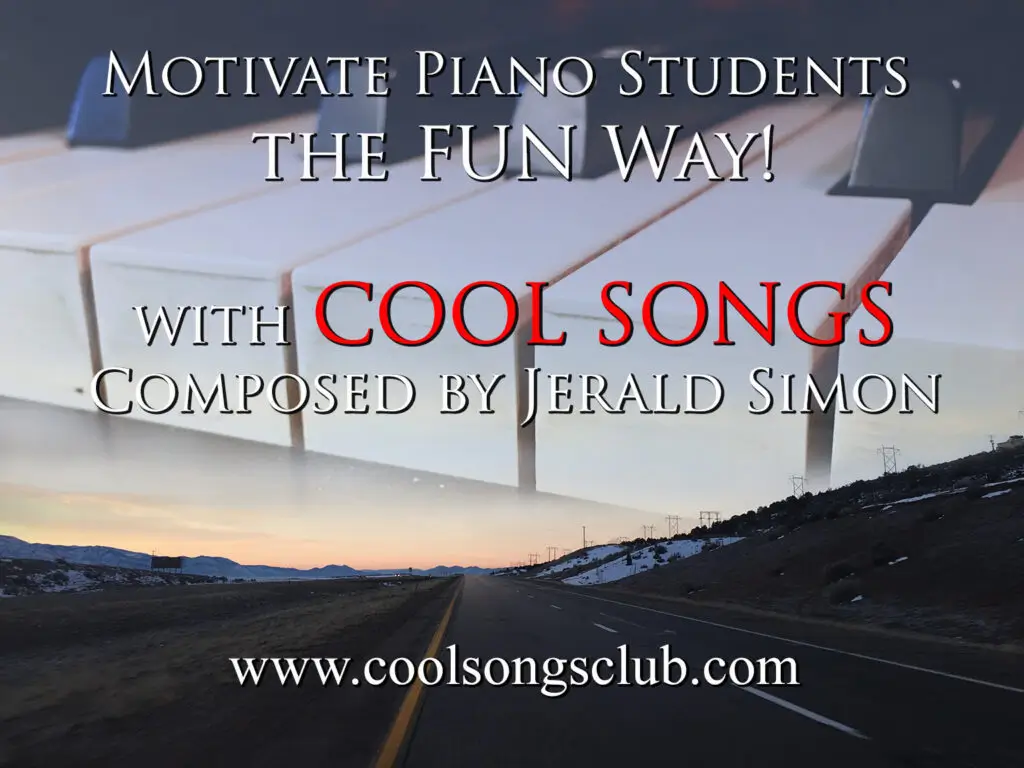
check out the ‘Incentive Program.’ I’d LOVE to do this!!!
Sorry I was sending this to my daughter. I was so excited I sent it back to you!
Thanks for this post. virginia
Virginia, thanks for your enthusiastic reply! 🙂 There’s a lot of information about my incentive programs at verypiano.com. Here are some links that might help:
http://verypiano.com/2014/01/19/all-about-our-cds/
http://verypiano.com/2014/02/06/gps-a-tour/
Thanks for all the good ideas. Within my student community I have about 1/3 of my students from India. As a result, all these families already know each other. This spring I am having two different ‘recital potlucks’ at my home. I am keeping all the families from one culture together, and the others together. At each of these ‘home recitals’, each student presents something of music theory they have learned – of course it goes from simple beginner to more advanced. Also, one of my students is playing a song they learned to sing at school music class, so I will be printing the words so all the families can ‘sing along’ as she plays…
Wow, MaryAnn, thanks for sharing your ideas! A potluck recital is great way to build community! You will have 2 very interactive recitals!
I have two recitals a year, and I run three workshops each summer. This year I’m hoping to delve into group lesson plan – using group lessons a couple times a semester to replace the regular lessons. It’s a bit trickier for me to manage, as I teach both piano and voice students.
I love these ideas – the CD release party sounds like so much fun! I have a question about your lessons with students in 2’s and 3’s. How much individualized time does each student typically get during that hour vs. time working as pairs? This sounds like an interesting format and could potentially create more room in my schedule. Thanks!
Natalie, generally the students rotate through 3 activities – time with me is the constant and the other 2 activities change based on what we’re focusing on: listening assignments, sight reading, ensemble playing, theory (worksheets or apps), etc. The exact amount of time with me depends, but generally 20 minutes with younger kids and 30 minutes with older kids. I love teaching this way. With 1 on 1 lessons, I always felt rushed to have time for the extras like theory and sight reading. Now every lesson is full of variety and I love getting the kids to work together.
I thought I would chime in as well. I’ve done rotating lessons for years and it works really well for your “recreational” students. Also because there are usually 3 students in that hour you can offer a cheaper tuition rate but can make more money overall during that hour. I took a couple years off from doing rotating, but thinking about making it an option again because I have students that I think would benefit from it. This year I’m thinking of having 2 of the stations be a ‘constant’ station (same each week). One of that being with me of course, and then the other using Piano Mania. Then the 3rd station would change each week. That’s where my thoughts are right now.
Thanks for these ideas! It sounds like there are multiple benefits for both the students and teacher. I may give this a try.